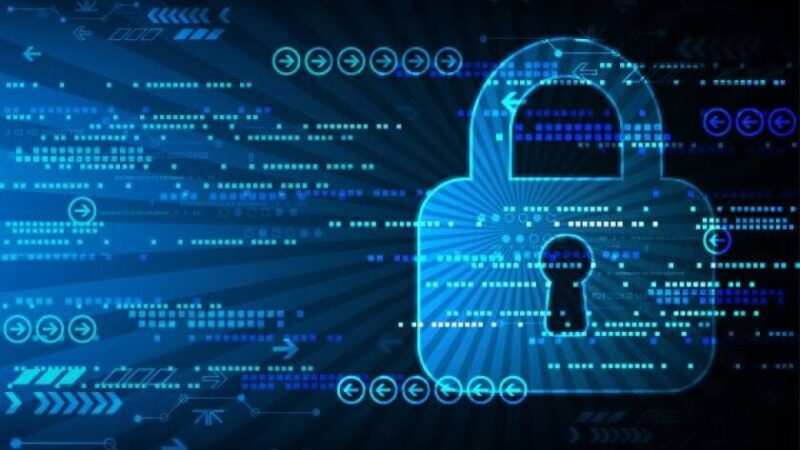IP stresser investigations – Tracing the digital footprints

In any investigation into an IP stresser attack, the initial step involves pinpointing the origin of the assault. This proves challenging, given that perpetrators frequently utilize diverse obfuscation methods to mask their true identity and whereabouts. Nonetheless, investigators gradually unravel details about the attacker’s infrastructure by analyzing network activity and scrutinizing the packets transmitted during the attack, leading to a clearer understanding of the situation.
A practical method for tracing the digital footprints of IP stresser users is the analysis of IP addresses. Every device connected to the internet is assigned a unique IP address, which is used to identify the general location and internet service provider (ISP) associated with the device. By cross-referencing the IP addresses used in an attack with databases maintained by ISPs and regional internet registries, investigators can narrow down the geographical area from which the attack originated.
However, more than IP address analysis is needed, as attackers frequently use proxy servers, VPNs, or compromised devices to mask their actual location. To overcome this obstacle, investigators must employ more advanced techniques, such as traceroute analysis and hop-by-hop network path reconstruction. These methods involve mapping out the route the attack traffic takes as it traverses the internet, allowing investigators to identify potential chokepoints or anomalies that may provide clues to the attacker’s location.
IP stresser investigations are the examination of the IP booter panels themselves. These web-based interfaces, used by attackers to configure and launch DDoS attacks, contain a wealth of information about the individuals behind the attacks. Investigators gather valuable intelligence on the attackers’ methods, targets, and potential accomplices by obtaining access to these panels, either through undercover operations or by seizing the servers hosting them.
Once access to an IP booter panel is obtained, digital forensic experts begin analyzing the data. This may include examining user account information, payment records, attack logs, and communication histories. By piecing together these disparate data points, investigators can build a more comprehensive profile of the attackers and their activities. In addition to analyzing the technical aspects of IP stresser attacks, investigators must also consider the financial trail left behind by those who purchase and use these services. Many IP booter panels accept payment in the form of cryptocurrencies, such as Bitcoin, which can make it more difficult to trace transactions back to specific individuals. However, investigators often uncover patterns and connections that lead them closer to the attackers’ true identities by working with cryptocurrency exchanges and analyzing blockchain transactions.
As the use of IP stressers continues to grow, law enforcement agencies and digital forensic experts must continually adapt and refine their investigative techniques. This may involve the development of new tools and methodologies specifically designed to tackle the unique challenges posed by these attacks. For example, machine learning algorithms analyze vast network traffic data, identifying patterns and anomalies that may indicate IP stresser activity. These attacks often originate from multiple countries and jurisdictions, so law enforcement agencies must collaborate and share information across borders. This may involve establishing joint investigative teams, the exchange of intelligence through secure channels, and coordinating simultaneous takedown operations targeting IP booter infrastructure in multiple locations.
To effectively combat the growing threat posed by IP stressers, law enforcement agencies, digital forensic experts, and the cybersecurity community need to work together. This may involve the development of new partnerships between the public and private sectors, sharing threat intelligence and best practices, and creating educational initiatives to raise awareness of the dangers associated with these tools. View more info about stresser on darkvr.io/stresser.



